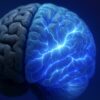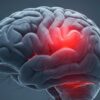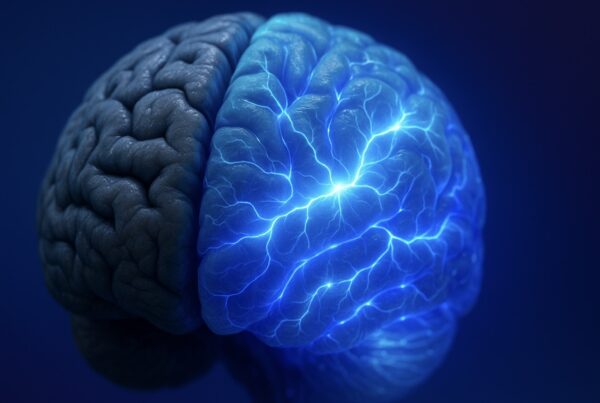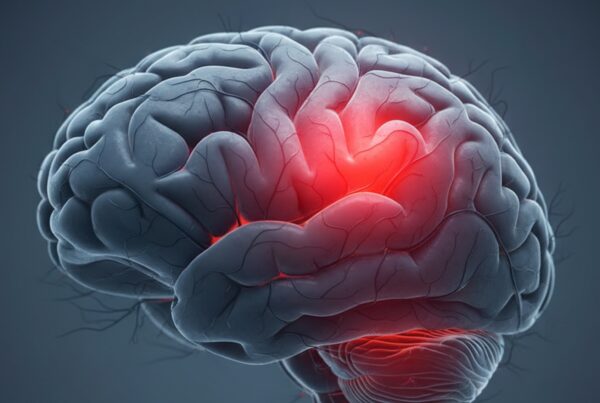Neurocognition has become the main scientific foundation used by adaBrain in designing modern educational services for schools and institutions. In this opening sentence, its focus emphasizes that the entire adaBrain approach rests on the principles of neuropsychology and cutting-edge cognitive neuroscience. With a strong scientific foundation, each assessment and intervention program developed is not only academically relevant but also empirically defensible.
That approach becomes a significant differentiator amid the school's need for objective and evidence-based evaluation methods. Rather than relying on traditional instruments that are declarative in nature, adaBrain provides services that capture the brain's dynamics and students' cognitive functions comprehensively.
Scientific Basis in Modern Education
adaBrain educational services were born from the combination of applied neuropsychology and cognitive science that has developed rapidly over the last two decades. These two disciplines map how the brain works as someone learns, builds interest, remembers information, and regulates emotional responses.
Researchers in the field of neuroeducation emphasize that academic performance does not stand alone. Learning ability is determined by neural mechanisms that regulate attention, working memory, the speed of information processing, and the capacity to control impulses. With that understanding, adaBrain developed an assessment model that maps students' profiles based on biological indicators that have been validated in international literature.
Neurocognitive Profile and Learning Potential
Neurocognition is back in the spotlight when discussing the mapping of learning potential at adaBrain. This service utilizes an executive function framework that encompasses four main pillars: selective attention, working memory, processing speed, and inhibitory control. Each component relates to the prefrontal–parietal network, namely the brain area that regulates directed attention and information management.
Various scientific publications show that this neural pathway plays a direct role in students' ability to adapt in the classroom. When that network operates optimally, a student is able to select important information, devise a study strategy, and maintain focus over long periods.
By examining the condition of those pillars through quantitative instruments, adaBrain presents a predictive cognitive profile. This profile helps teachers understand how students process material, the dominant learning style, and the most effective instructional support.
Mapping of Academic Needs Based on Data
The program for mapping learning potential does not only produce a general description. Each recommendation is derived from objective data collected through the analysis of brain activity patterns. This approach aligns with the developments in global education that increasingly prioritize the personalization of learning pathways.
Through that profile, the school can map learning strategies that are responsive to students' cognitive capacity. For example, students with high working memory can manage complex tasks, whereas students with weak inhibitory control require a more structural approach. Data integration enables the learning process to become more adaptive and effective.
Integration in the Competency-Based Curriculum
The results of neurocognitive mapping are then linked to the competency-based curriculum used in schools. Teachers can utilize the adaBrain report to design evaluation methods that align with students' basic abilities. This approach minimizes subjective bias and enhances fairness in assessment.
In addition, the recommendations provided are operational. A teacher not only knows his or her strengths and weaknesses, but also practical steps that can be applied in teaching and learning activities.
Principles of Neuroscience in Vocational Interest and Aptitude Assessment

The development of the adaBrain vocational assessment stems from the concept that a person's interests are closely related to neural connectivity. Vocational orientation does not arise randomly, but is influenced by the dominance of certain neural pathways that regulate tendencies toward creativity, data analysis, problem-solving, and social interactions.
The two major networks commonly mentioned in the literature are the reward network and the default mode network. The reward network triggers motivation and a tendency toward activities that provide intrinsic satisfaction. Meanwhile, the default mode pathway shows a reflective, exploratory, and creative orientation.
Neural Connectivity and Career Preferences
Neurocognition plays a role when someone considers long-term career interests. Activity in the frontostriatal system, for example, is often associated with an analytical tendency and data-based decision making. On the other hand, the dominance of certain limbic pathways is related to social and empathic abilities.
AdaBrain combines cognitive mapping with emotional structure to ensure that career recommendations are not only based on questionnaire responses, but also reflect stable patterns of brain activity.
Evidence-based multidimensional approach
The adaBrain vocational assessment combines behavioral response data, emotional profile, and neurocognitive indicators. This multidimensional approach yields a comprehensive picture of potential and interest. Thus, students obtain career guidance that is more accurate and consistent with their neurological predispositions.
Future-oriented Career Recommendations
In line with the needs of the modern world of work, assessment results are directed to support students' readiness for the industries of the future. Career recommendations accompanied by scientific explanations of the dominant neural pathways, so that students and parents understand the logical basis behind that guidance. This approach has proven to increase students' self-confidence in determining their options for further education.
Neuroplasticity-Based Cognitive and Emotional Interventions
The adaBrain intervention is designed to modify brain networks through a structured training program. This concept is rooted in neuroplasticity, namely the brain's ability to adapt and form new connections.
Difficulty focusing, working-memory impairment, and emotion regulation are often associated with varying activity across the prefrontal cortex, the anterior cingulate cortex, the hippocampus, and the limbic system, such as the amygdala. Global literature shows that this area can be trained through cognitive techniques and metacognitive strategies.
Interventions for Attentional Focus and Control
Neurocognition becomes relevant again when discussing the ability to maintain attention. Exercises to strengthen inhibitory control, enhancement of cognitive flexibility, and attention stimulation have been shown to improve students' focus stability in the classroom. The adaBrain program uses evidence-based training that leads to neural pathway reorganization.
Working memory training for academic improvement
Working memory capacity can be trained through a series of measured activities. This exercise serves to strengthen the hippocampal network as well as the prefrontal pathways, thereby enhancing the ability to store and manipulate information. The school can integrate this exercise into daily learning activities.
Emotion Regulation Module for a Healthy Learning Environment
Emotional regulation has become an important factor in students' daily lives. Excessive activity in the amygdala can trigger an uncontrollable emotional response. The adaBrain intervention involves emotional modulation techniques that help students identify, manage, and stabilize emotional reactions in the context of learning.
The adaBrain-style neurocognitive approach brings a new era in evidence-based educational services. By combining objective data, neuroeducation principles, and scientific instruments, this service provides accurate mapping, appropriate career recommendations, and interventions that directly impact learning performance. Readers can find other related articles on Insimen to gain a deeper understanding of the development of modern neuroscience-based education.















